Love
Buy Love The Los Angeles based band Love had a rather short but important ride on the sixties rock scene. Although they never quite reached national or international fame, the band was extremely […]
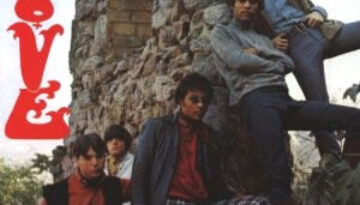
Buy Love The Los Angeles based band Love had a rather short but important ride on the sixties rock scene. Although they never quite reached national or international fame, the band was extremely […]
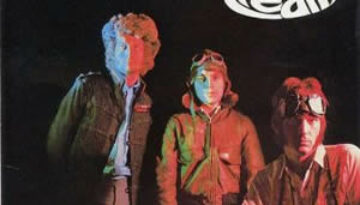
Buy Fresh Cream The British blues-rock trio Cream was, perhaps, the first to be deemed a “super group”. Their 1966 debut, Fresh Cream was produced by Robert Stigwood and includes a true fusion […]
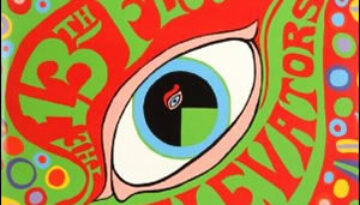
Buy The Psychedelic Sounds of the 13th Floor Elevators Emerging from Austin, Texas in the mid-sixties was the band which many consider to be the pioneers of psychedelic rock, The 13th Floor Elevators. […]
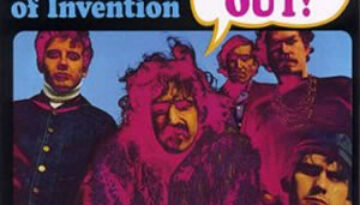
Buy Freak Out! In one of his last interviews, Frank Zappa said, “sounds are for people to listen to,” while summing up all the different types of instruments and objects he used to […]
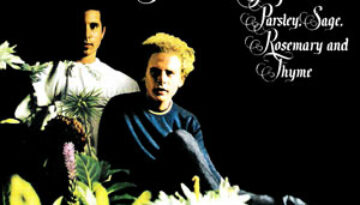
Buy Parsley Sage Rosemary Thyme Although Parsley, Sage, Rosemary and Thyme is officially the third album by Simon & Garfunkel, they certainly did not take the traditional path to get to this point. […]
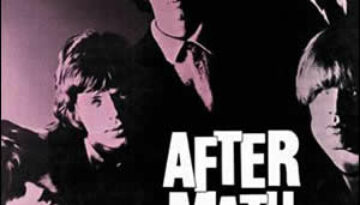
Buy Aftermath Although it was their fourth album released in Britain and their sixth album released in America, Aftermath was really the second “true” album by The Rolling Stones, following 1965’s Out Of […]
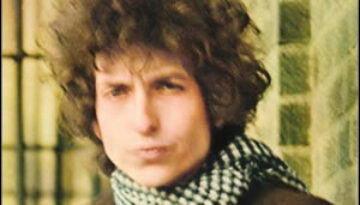
Buy Blond On Blonde I had the pleasure of seeing Bob Dylan live over the summer. It was a great experience, which I wrote about for Modern Rock Review. So I jumped at […]
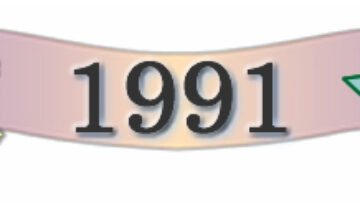
Buy Ten Pearl Jam‘s excellent debut is one of the most potent and indelible of debut albums ever released. The album called Ten was released in August 1991, at the vanguard of a […]
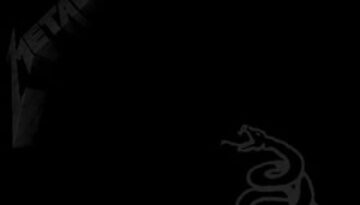
Buy Metallica After four studio albums and ever-building popularity in the 1980s, heavy metal band Metallica felt they were poised for their artistic breakthrough. During the summer of 1990, the band got together […]

Buy Psychotic Supper Out of the deluge of “hair bands” that populated the rock scene in the late 1980s, Tesla was, perhaps, the most talented and interesting. The band composed songs which were […]